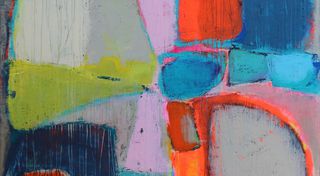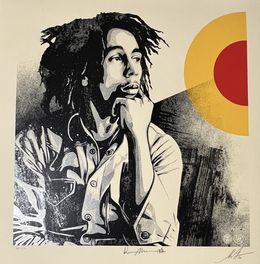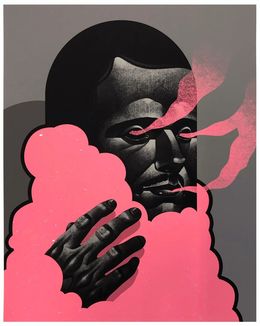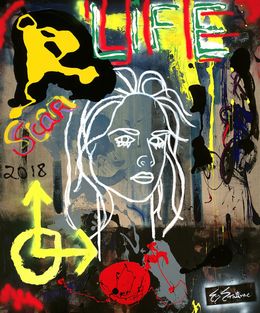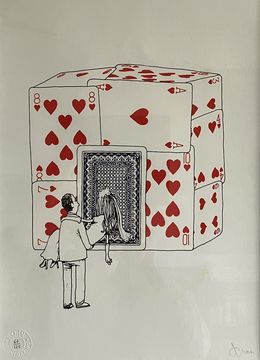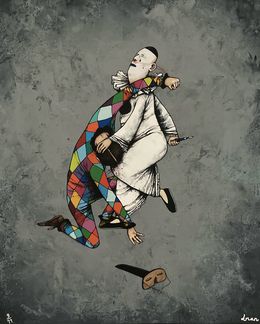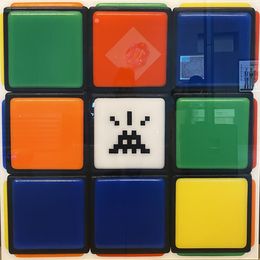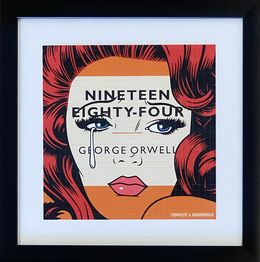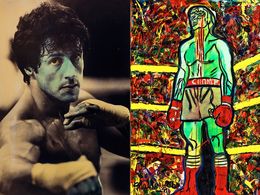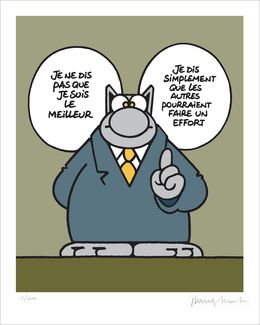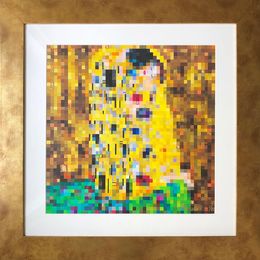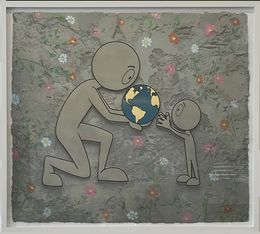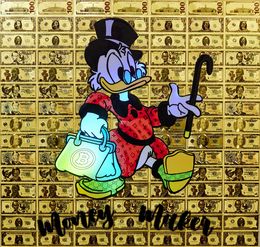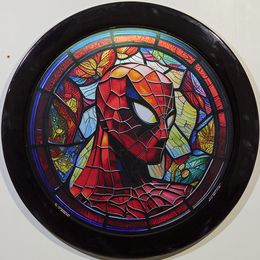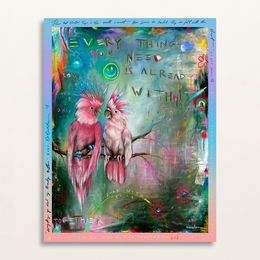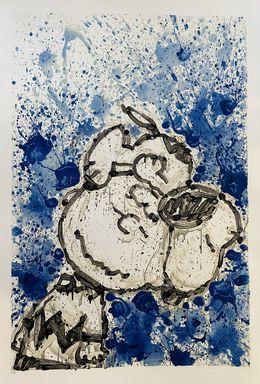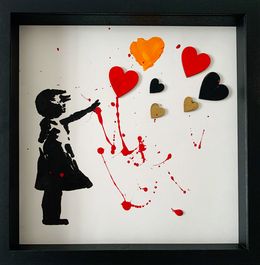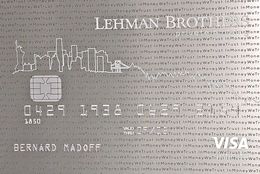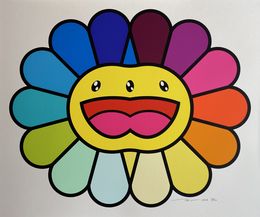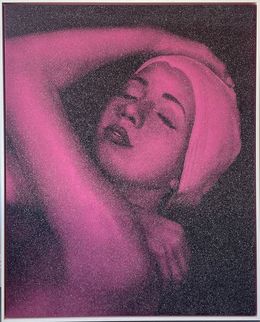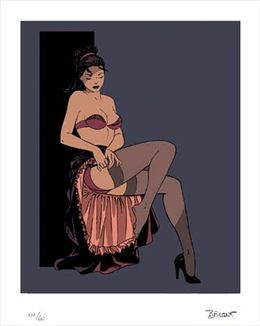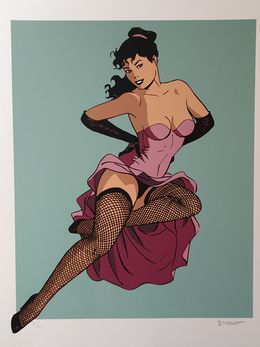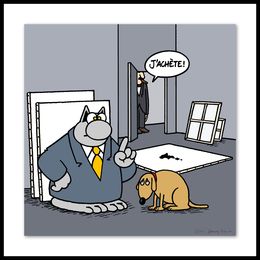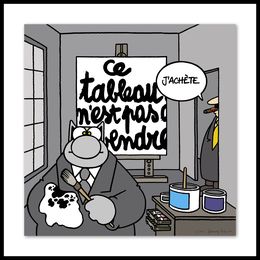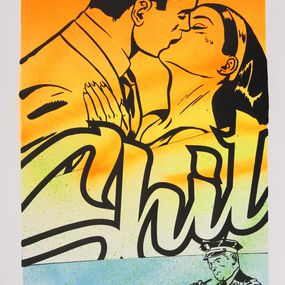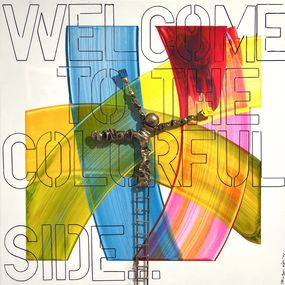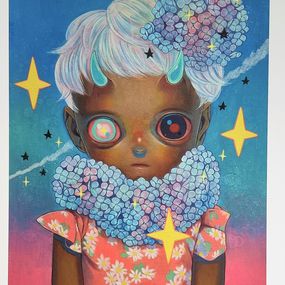
Pop Art Print for Sale
Although it emerged in the 1950s in the United Kingdom, Pop Art continues to inspire artists and audiences around the world, who remain just as enthusiastic about colorful screen prints.
The term "Pop Art" comes from "popular art" and is one of the key artistic movements of the 20th century. It is characterized both by the subjects represented in the works and by the techniques used to create them.
The figures depicted are not noble. Pop Art paints and deconstructs mass culture, consumer society, and popular idols. It is often positioned in contrast to Abstract Expressionism, which was highly fashionable at the time, in an effort to strip the elite of their artistic exclusivity.
Pop Art is multifaceted and touches all creative spheres: painting, fashion, visual arts (sculpture, collage, etc.). It adheres to certain aesthetic criteria, especially in painting, made possible by industrial innovations—particularly screen printing. This printing process involves using a stencil to reproduce the same image multiple times on canvas.
As is often the case in art history, these technical feats were not initially successful and were looked down upon by the intelligentsia. It wasn't until the arrival of two visionary pioneers—major figures in the Pop Art movement—that things changed: Andy Warhol and Roy Lichtenstein. Thanks to them, contemporary painting took a 180° turn. Artistic value was no longer determined by the rarity of a piece or the complexity of the subject.
It is often believed that both men were influenced by the 1960–1961 exhibition of European avant-garde artists shown in New York. That year, they created works inspired by comic books, including Look Mickey, a landmark piece by Lichtenstein. However, their styles quickly evolved, and each followed a very different path.
While Roy Lichtenstein continued to work with the comic-strip format he made his own, Andy Warhol heralded the beginnings of postmodern contemporary art by using everyday objects as his models.
Having started his career in advertising, Warhol emancipated himself as an artist by reclaiming and elevating basic, kitschy American consumer goods. One immediately thinks of the Campbell's soup cans, Coca-Cola bottles, Heinz ketchup...
Pop Art’s humorous and often pointed critique of consumer society continued through the portrayal of actors and singers elevated to idol status and worshipped by the masses. Marilyn Monroe, Elvis Presley, Elizabeth Taylor... all the great stars of the 1960s were immortalized in bright colors and formats reminiscent of more or less kitsch advertising posters.
Much like Duchamp's Dadaism before it, Pop Art was driven by a desire to desacralize art—or at least to overturn the traditional perception of it. Art became accessible to the common person, borrowing from cultural fetishes they already knew well.
Discover Pop Art editions by the greatest contemporary artists—from Andy Warhol to David Hockney, including Roy Lichtenstein, Takashi Murakami, and Keith Haring—as well as works by promising young talents such as the unmissable Maria Qamar.
